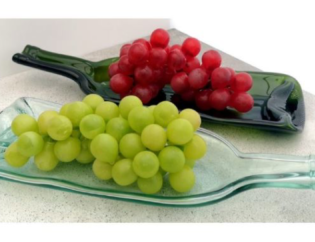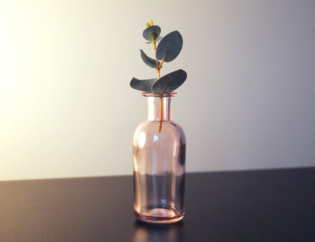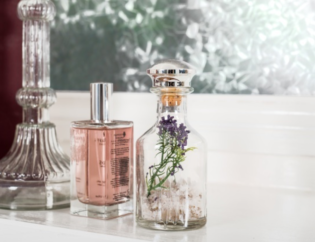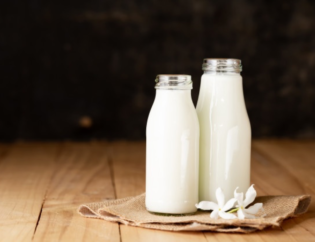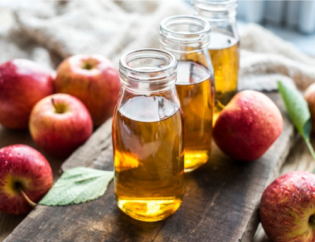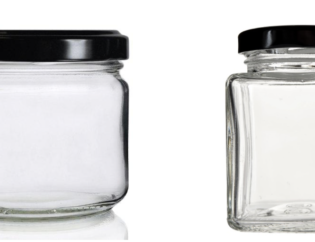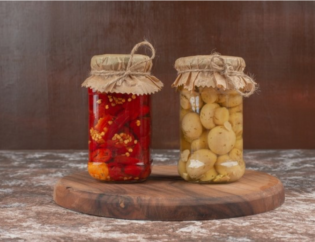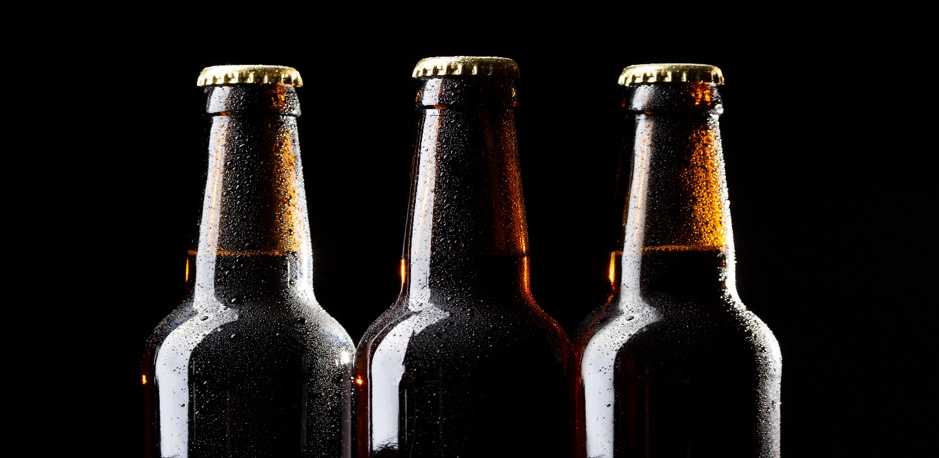
When it comes to food and drink storage, Glass is unbeatable. So you can easily find the packaging product you need because it's recyclable, attractive, and available in a variety of styles. For many home food suppliers as well as small and large businesses, it is a fantastic option. In either case, however, it's always best to sterilise the bottle before filling it with beer, wine, jam, or any other food product. Glass bottles and jars, even those that are brand new, should be sterilised before being used. Glass is our specialty, so we've created this guide to show you how to Fumigate glass containers.
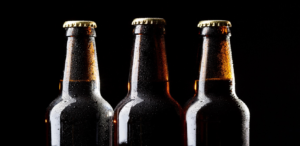
Why Do I Need To Fumigate My Glass Bottles?
Glass bottles should be sterilized, but you may not know why. It ensures that your products are clean enough to keep your food fresh for the longest possible period after sterilization. It's easy for bacteria to get into the nooks and crannies of your glassware if you don't sterilize it first.
How Do Sterilisation/Fumigation Processes Work?
Sterilizing glass bottles involves either heating or dishwashing.
Your glass bottles will become germ-free after being heated to a specific temperature. If you choose this method, you'll need oven gloves and heat-resistant containers. In addition, you'll want to make sure your bottles can withstand high temperatures without cracking or shattering.
Bottles can also be sterilized in a dishwasher with a high-temperature setting. Set the rinse cycle to run, then use the bottles when it's finished. On the other hand, a dishwasher is not available to everyone, and a single rinse cycle uses a lot of water, making it a less eco-friendly sterilizing option.
How To Sterilise/Fumigate Glass Bottles
Tip: Your bottles should be able to handle 160 degrees Fahrenheit before you start.
Be sure to clean your bottles with soap and water before beginning any of these processes.
When Using The Oven
- Preheat your oven to 160 degrees Fahrenheit.
- Set up a baking sheet lined with parchment paper and arrange your bottles on the baking sheet.
- Fifteen minutes in the oven is all it takes.
- Fill as soon as possible after removing from the oven.
In the Dishwashing Machine
- Separately place your bottles in the dishwasher (no used plates, please).
- Set the dishwasher to run a hot rinse cycle before you begin.
- Wait for the cycle to complete before making any decisions.
- The bottles should be taken out of the dishwasher and filled immediately.
Glass jars, bottle caps, and lids can also be sterilized using either of these methods. It would be best not to put plastic lids in the oven unless you are sure they are oven-safe. As an alternative, you can boil your lids in water for 15 minutes.
Your sterilized bottles should be filled and sealed as soon as possible to prevent bacteria from re-entering the bottle after the sterilization process is complete. To be sure, safety always comes first. Keep children and pets out of the kitchen until your bottles are properly sealed.



